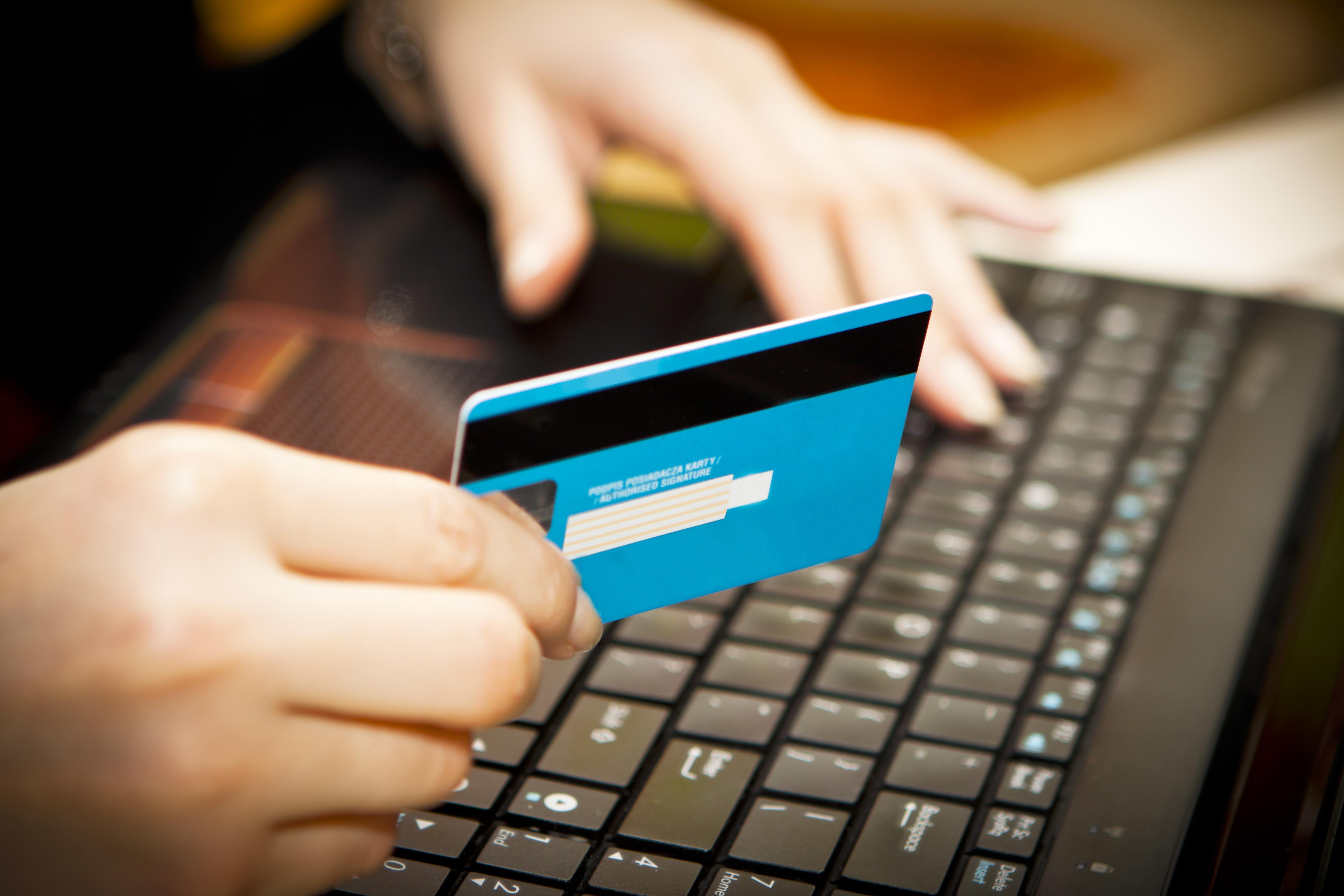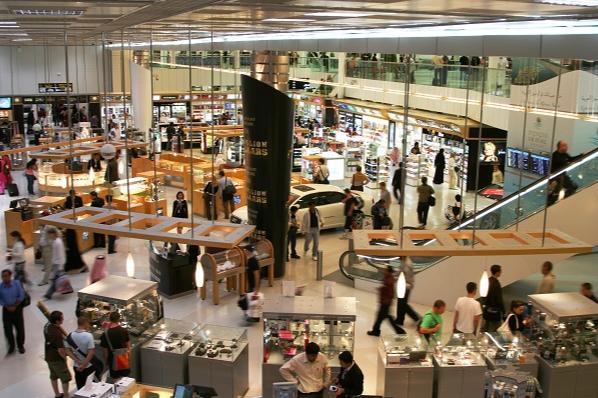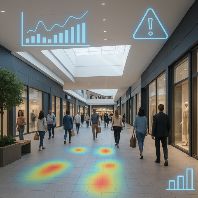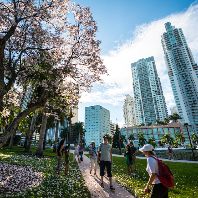Creating Multisensory Consumer Experiences
The majority of retail sales still occur within the physical store. Consumers, on average, spend more in-store than online. As such, consumers appreciate the ability to handle, feel, and interact with products before making a purchase. To enhance these tangible elements, many retailers have started to retrofit their physical stores with modern technology to blend the two experiences. For example, beacons can now welcome a customer to the store, alert sales staff of their arrival, provide relevant and timely information regarding a product throughout their visit, and streamline the payment process. After opening a physical store in New York, costume jewellery e-tailer BaubleBar improved their sales, decreased returns and increased repeat purchases by creating a brand experience that provides direct contact with their products.

Improving Service Offerings
Beyond the showroom, online retailers can also benefit from establishing a physical store to reduce shipping times and costs. A physical store allows customers to click-and-collect or make returns more conveniently, and in doing so reduce their waiting times and postage costs. Retailers can also capture incremental sales by encouraging consumers to come into their stores. A study by Shop Visible found that online retailers offering only direct delivery and remote exchanges can expect a net sale of 77%. In comparison, online sales with the flexibility of in-store returns achieve an expected net sale of 95%, with 18% attributed to incremental sales. Online retailer Amazon is capitalising from such benefits after establishing a physical store in New York for consumer order pick-ups and a drop-off location.

Building Brand Relationships
More than ever, consumers are seeking to connect and establish a rapport with a brand. Pure-play online retailers often struggle to connect with consumers when their main interaction is through a computer or mobile phone. Therefore, the physical retail store provides an opportunity to create meaningful interactions with consumers to build a relationship. Thyme Maternity in Toronto have invested in technology with a 360-degree interactive mirror that shows all angles of the outfit as the consumer moves. The store also features a ‘Bump Bar’ were consumers can rest on a stool and peruse and purchase online content while in-store on iPads. The ‘Bump Bar’ is situated in the centre of the store, resembles a kitchen island, and doubles as a cashier area. The fitting rooms are also outfitted with mobile phone charging stations and the company is set to release a Bumpfie app to allow expecting mothers to take weekly selfies of their baby’s growth. The seamless blending of the online and in-store experiences encourages consumers to spend a longer time in the store and to keep them coming back. Through this strategy, Thyme Maternity are fostering a stronger relationship with their customers and enhancing their affinity for their brand.
Omni-channel customers shop more frequently and spend 3.5 times more than other shoppers. As a result, the physical store should be seen as an enhancement of online channels. The speed of innovation requires retailers to be nimble and try new things. Rather than becoming retail dinosaurs, physical stores should be encouraged to reinvent themselves to broaden their appeal to customers and remain a shopping destination.
This article was provided by ACRS, Monash Business School's Department of Marketing.
About ACRS:
ACRS assists retail and services organisations seeking to better understand consumers, traverse global trends, identify best-practice, or employ marketing as a source of competitive advantage. Positioned within the Monash Business School’s Department of Marketing, ACRS has a 35-year history as a globally respected source of retail, services, consumer, and marketing knowledge. ACRS combines the latest academic research advances with business relevance, practicality, and strategy.
















